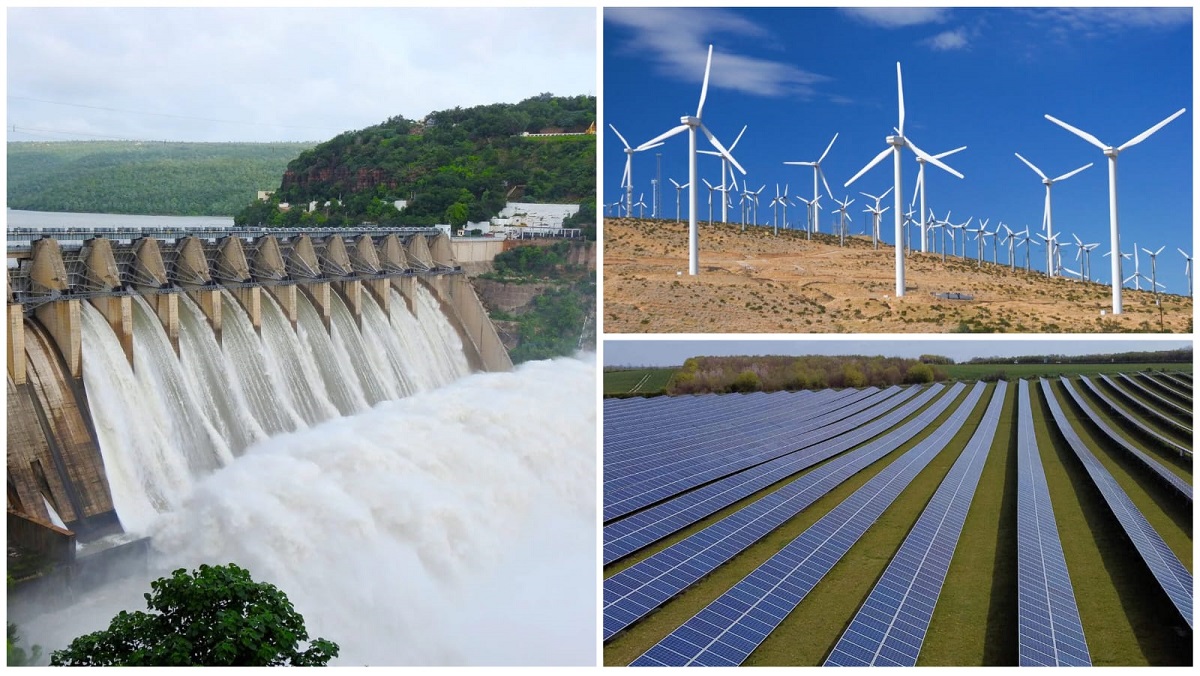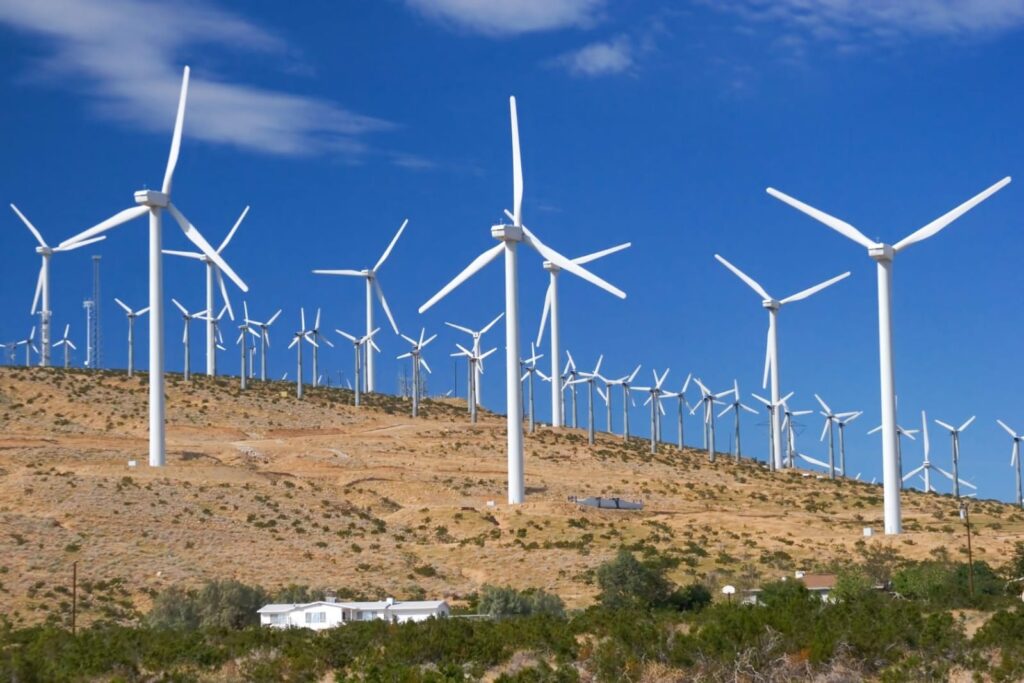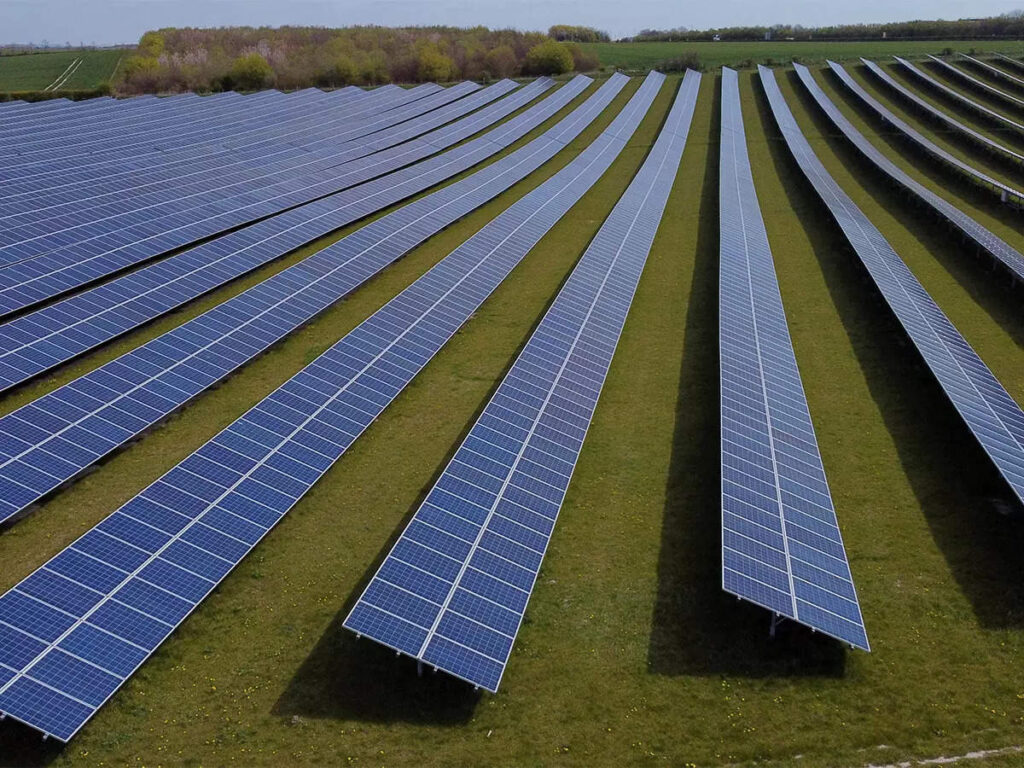
What does Nas Daily not say about Renewable Energy Projects in India
In a 3:42-minute video titled ‘You Can See This Plant from Space,’ Nas Daily discusses Adani Greens, India’s renewable energy initiatives, and the growing world of renewable energy. In order to attain zero emission, the world should replace fossil fuel with Renewable energies. And India is ambitiously moving towards achieving zero emission by 2070.
The description of the video says “We will be highlighting so many green initiatives this year. We’re starting with India! Thank you Adani Green for giving us access and helping me understand this world!”
When you talk about the Renewable Energy Sector in India, there is so much to say about the various sectors involved, the challenges and the outcomes. So here we will have a look at what Nas said and what more could be said about the Renewable Energy projects in India.
Nas begins by saying that India is building the biggest plant in the world by Adani Green with green energy that generates zero carbon. On December 7, 2023, Gautam Adani, Chairman, Adani Group tweets about this project “Proud to play a crucial role in India’s impressive strides in renewable energy as we build the world’s largest green energy park. This monumental project, covering 726 sq km in the challenging Rann desert, is visible even from space. We will generate 30GW to power over 20 million homes”.
The Khavda plant, as it is known, will generate both solar and wind energy. Presently, the plant has an operational capacity of 2GW (1 GW is 1000 Megha W). And aims to produce 6GW by March 2025. According to the Adani Green Energy website “AGEL currently has an operating renewable portfolio of over 10.9 GW, the largest in India, spread across 12 states”.
What does Nas not say about India’s renewable energy projects?
India started visualising about alternative energy source more than four decades ago in 1981, when the Commission for Additional Sources of Energy (CASE) was established within the Indian Government Department of Science & Technology. This commission focused on formulating policies and programs for new and renewable energy sources.
What more is there to say about the renewable energy initiatives in India?
A lot has to be said about the renewable energy sector in India, which has made commendable progress in more than four decades.
Here’s more about the development in the field of renewable energy in India.
Seed of Renewable Energy sown in India
In 1982 the Department of Non-conventional Energy Sources (DNES) was established and absorbed CASE. Ten years later in 1992 DNES was named the Ministry of Non-conventional Energy Sources. And finally in 2006 the ministry was renamed the Ministry of New and Renewable Energy (MNRE), which it remains today.
Activities of the Ministry of New and Renewable Energy (MNRE)
The Ministry of New and Renewable Energy (MNRE) oversees and promotes the development and use of new and renewable energy sources in India. They set policies, regulations, and incentives to encourage the growth of the renewable energy sector. And supports research and development (R&D) activities to improve renewable energy technologies and reduce costs. Also they coordinate with various stakeholders, including state governments, developers, financial institutions, and research institutions.
Goal of India for renewable energy by 2030
India is actively pursuing renewable energy sources to meet its growing electricity demand and reduce its carbon footprint. The Indian government is actively supporting the development of renewable energy through various policies and schemes. These initiatives are helping to attract investment and accelerate the growth of the renewable energy sector in India.
There are not one, not two, but multiple power projects underway in India. Here are some of the innovations in the renewable energy sector:
- Solar: India has set an ambitious target of achieving 500 GW of solar power capacity by 2030.
- Wind: The government has set a target of 30 GW of offshore wind energy capacity by 2030. Several coastal states are developing offshore wind farms to tap into this potential.
- Hydropower: Large hydropower projects have been a mainstay of renewable energy generation in India. The country is also focusing on developing small hydropower projects to generate electricity in remote areas.
- Other Renewables: India is also exploring other renewable energy sources such as biomass, geothermal, and waste to energy.
Activities of developers of renewable energy projects in India
Developers of Renewable Energy Projects are Private Companies or Organizations that identify potential renewable energy sites, develop projects, and manage their construction and operation. They are responsible for securing land, obtaining permits, arranging financing, and constructing and operating renewable energy power plants. Their primary goal is to generate profits by selling electricity generated from their projects.
Leading developers of renewable energy projects in India
The Indian renewable energy sector is experiencing rapid growth, with several leading developers playing a key role in this expansion like Adani Green Energy, ReNew Power, Tata Power Renewable Energy Limited, NTPC Renewable Energy Limited and Avaada Group.
Leading solar power projects in India
To name a few
- Bhadla Solar Park, Rajasthan is the world’s largest solar park with a capacity of 2,245 MW.
- Pavagada Solar Park, Karnataka boasts a capacity of 2,050 MW and is the second-largest globally.
- Kurnool Ultra Mega Solar Park, Andhra Pradesh has a capacity of 1,500 MW.
Leading wind power projects in India
The leading wind power projects in India include the Jaisalmer Wind Park in Rajasthan. Completed in 2010, it is the largest wind farm in India with a capacity of 1.6 GW. And the Muppandal Wind Farm in Kanyakumari, is India’s largest operational onshore wind farm. With a capacity of 1.5 GW it was commissioned in 1986.
Hurdles in the Renewable energy projects
According to a study by the Indian Institute of Tropical Meteorology (IITM) climate change is affecting everything across the globe, including the renewable energy project itself. There might be changes in heat, wind, and waterfall. Excess rain, excess wind. Such kinds of Climatic events affect the outcome of renewable energy projects. With more heat the output decreases. If the wind speed decrease the energy production is impacted.
Because the efficiency of solar cells is reduced when covered with dust the grids need to be cleaned to remove the dust. For which a lot of water is required.
Solution
IIT suggests increasing the number of high efficiency solar cells and increasing hub height of windmills will help improve the efficiency of the power plants. Also the khavda plant has waterless cleaning robots. Which means water in saved
Conclusion
Thousands of farmers, women, and children’s lives have been transformed because of wind and solar energy in India. In some areas it provides a stable power supply. And also helps farmers to reduce electricity bills. They are not dependent on rain they do farming throughout the year, because solar energy powered water pumping is possible from the well.
However, uncertainty looms large due to climate change affecting wind and solar power, which rely heavily on weather conditions.
In conclusion, efficient production and supply of renewable energies require relentless effort from government departments, developers, and research organizations.





